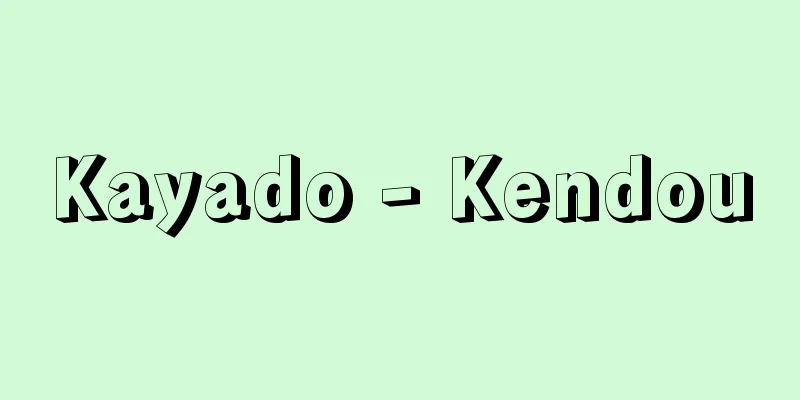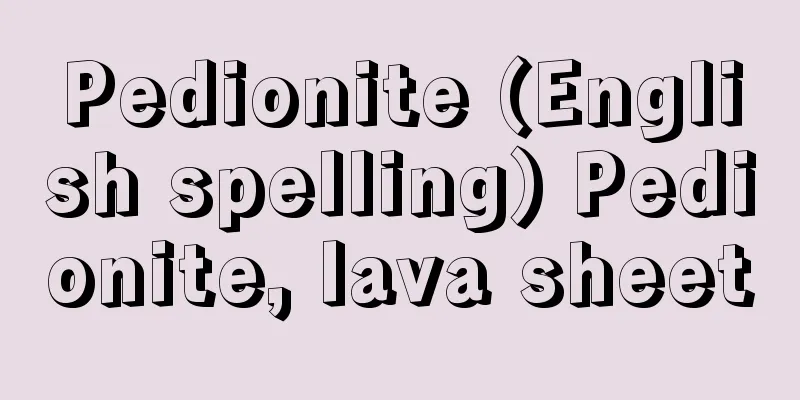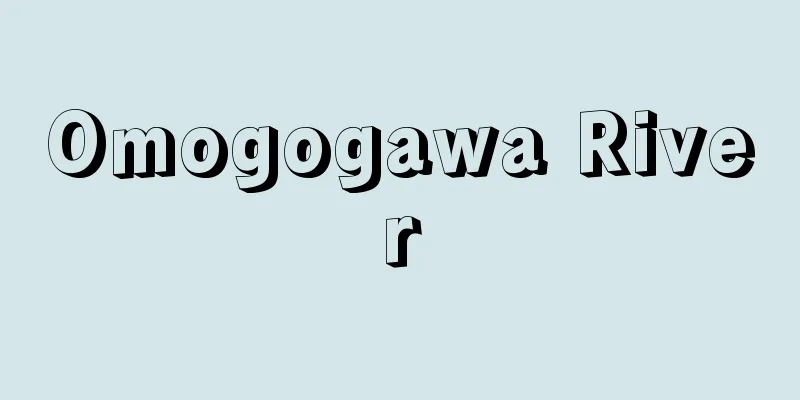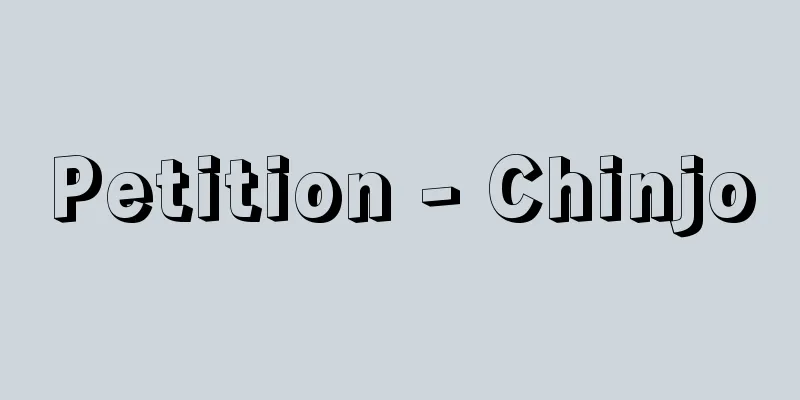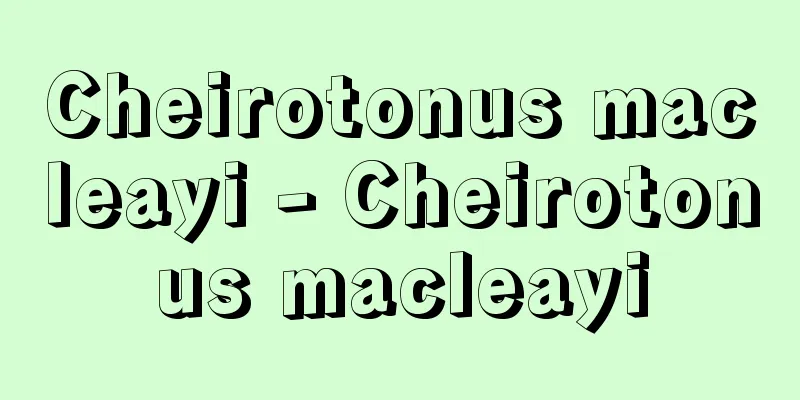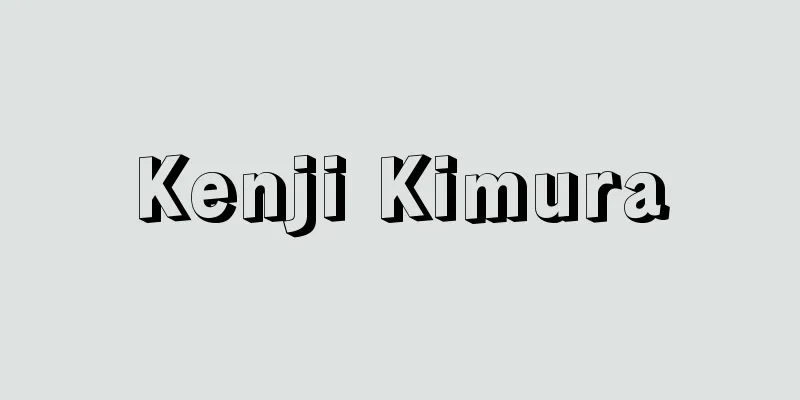Ryoko Shuko - Ryoko Shuko
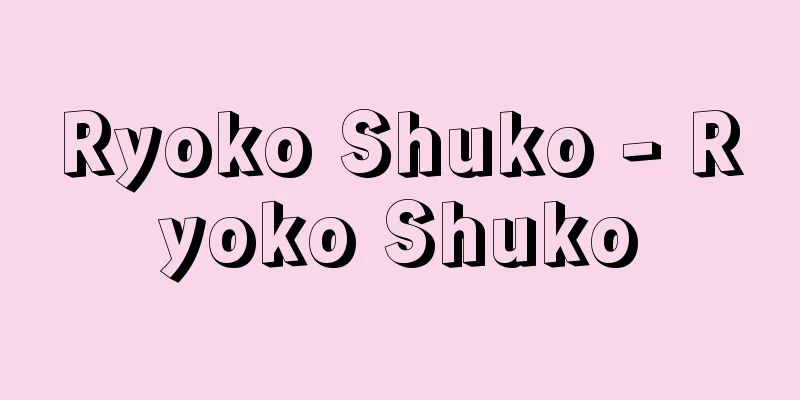
|
In ancient Japan, they were outcasts who were employed to maintain the tombs by the Shoryo-shi (later Ryo) under the Ministry of Jibusho. Modeled on the system of tomb households who were assigned to the Shoryo-sho (Shoryo-sho) under the Taijoji Temple in the Tang Dynasty and were responsible for guarding, constructing and repairing the tombs, the bemin who were under the control of the Haji clan, who were in charge of the construction and maintenance of tombs before the Ritsuryo system, were made into tomb households. Tomb households in the Tang Dynasty were outcasts, but were later freed to keep their occupations and were made good citizens. It seems that tomb households in Japan were not considered outcasts under the Taiho Code, but in the Yoro Code they were considered one of the five types of outcasts in the House Code. Source: Heibonsha World Encyclopedia, 2nd Edition Information |
|
日本の古代において,治部省所属の諸陵司(のち寮)により陵墓の保守に使役された賤民。唐の太常寺所属の諸陵署に配されて山陵の守衛,築造,修理に当たった陵戸の制を模して,令制前において陵墓の造営,保守をつかさどる土師(はじ)氏に管掌されていた部民を陵戸となした。唐の陵戸は賤民であったが,のち職業はそのままに解放されて良民とされた。日本の陵戸は大宝令制では賤民でなかったらしいが,養老令制では戸令で5種の賤民の一つとされている。
出典 株式会社平凡社世界大百科事典 第2版について 情報 |
<<: The Langgama Sutra - Langgama Sutra
Recommend
Malla (English spelling)
An ancient tribe in North India. Around the 6th ce...
Ivanov, Vyacheslav Vsevolodvich - Ivanov
...In the study of ancient records of Baltic myth...
Silkworm rearing machine
A general term for machinery used in sericulture. ...
Psoriasis - Psoriasis
[What kind of disease is it?] Psoriasis is a chron...
Gleim, JWL (English name) GleimJWL
...Its influence extends widely from Goethe to th...
Cryptoblepharus boutonii (English spelling)
… [Takahiro Matsui]. … From [Lizard] ...The "...
Willow on the shore - Kishinoyanagi
The title of a Nagauta song. It was first perform...
Rätebewegung (English spelling)
A direct democratic mass movement centered around ...
Finnish School
A school of folklore. It is based on the methodolo...
Cargo Bill - Kamotsu Hikikaesho
In land cargo transportation contracts, a negotia...
Maximum angle of separation
The distance that the inner planets Mercury and V...
Uchinada Test Range Incident
… [Yoshiro Matsui] [Anti-Security Treaty Movement...
Trachycarpus excelsus; hemp palm
An evergreen tall tree of the palm family. It is a...
Moment - moment
Also called a moment. In statistics , it is used t...
Bombylius major
...The larvae are parasitic, parasitizing the lar...
